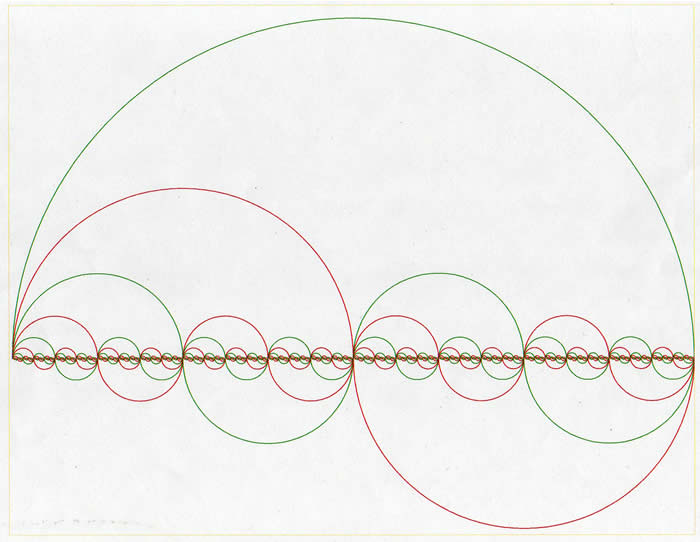Irrationality of PI
A great way to visualise the irrationality of PI is to think of a circle and its diameter. Pick a point on this circle, pick up the diameter, line up its starting point with this point and wrap it around the circle. Mark the endpoint of the wrapped diameter on the circle. Pick up the diameter again and line up its starting point with this last point, wrap around the circle again and create a new mark at the diameter's endpoint on the circle. Keep on doing this at infinitum. No matter how long you will do this - NO POINTS WILL EVER OVERLAP. If they did at some point, the length of the diameter would be a ratio of the circumference of the circle. PI being what it is, can never be expressed in the form of a ratio, x/y. Hence PI is irrational.
The above mental picture can be viewed upon as a geometric proof that PI has to be irrational. That is, the above procedure has to be ongoing since we need to derive all points of the circle which consists of an infinite amount of points.
